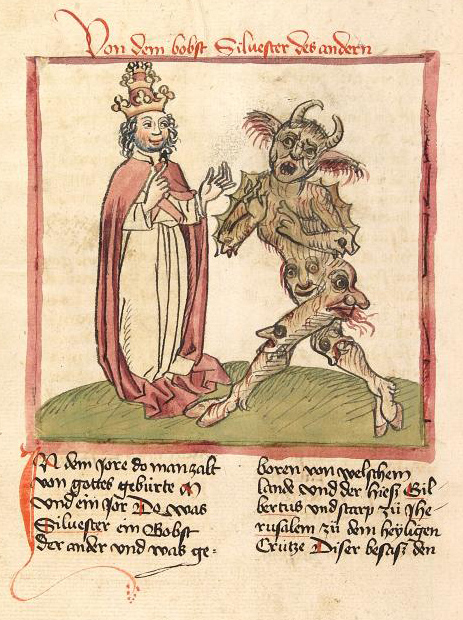The
devil had a good day when he created the spiders. Personally, I spent most of
my childhood running away from them. And from harvestmen! As a teenager, I
realized that spiders (but not wasps) could be efficiently disposed of with the
aid of my father's vacuum cleaner. Identification key? Not in my house, Anansi!
The poor harvestmen went the same way.
I suppose Michael Roberts chased spiders with something else. Let me guess. A pooter? As Michael so aptly describes it: "The pooter is the single most important piece of apparatus for the arachnologist. It enables you to suck up spiders quickly and efficiently without damaging them and then blow them into a container for examination or preservation".
Sounds almost like a vacuum cleaner!
Jokes aside, "Spiders of Britain and Northern Europe" is a field guide to around 450 different species of spiders found in Britain, Ireland, Scandinavia, Finland, Germany, Benelux and northern France. The small money spiders are excluded, but all other families found in the region are covered. The field guide is fairly advanced, and probably not suited for beginners. It's not the spider version of Michael Chinery's classic "Insects of Britain and Western Europe".
The guide includes identification keys, presentations of both families, genera and individual species, and 32 colour plates. The spiders are illustrated in a somewhat unnatural, pinned position, with all their legs stretched out. Even so, the quality of the plates is really good. The text pages also include illustrations of genitalia, since many spiders can be definitely identified only by looking at these under a microscope. There is also a long introductory section dealing with spider collection, preservation, and general biology. Naturally, I immediately read the section on spider bites. Fortunately, no species in northern Europe is dangerous to man. Tell that to my brain! Where's that vacuum cleaner of mine, by the way? Finally, there are shorter sections on the identification of spider webs.
I don't think absolute beginners will like this book. It's for advanced students only. But then, identifying spiders isn't like identifying birds or mammals. If you really want to know what's creeping below your pillow, you need to become a collector, catch the creature and spend some time with your microscope and this field guide. Still, it would be great fun if somebody could make a field guide to spiders and other arachnids which look more like Chinery's book on insects (which incidentally include some spiders). Such a book might at least give these bugs a better reputation!
But you can't convince me the Evil One isn't behind this one...

No comments:
Post a Comment